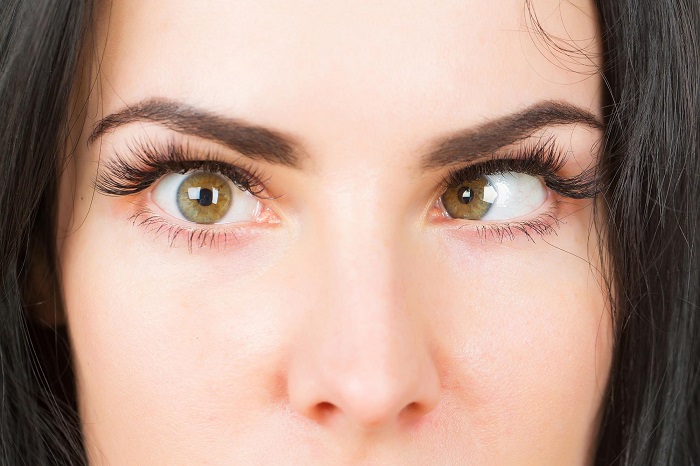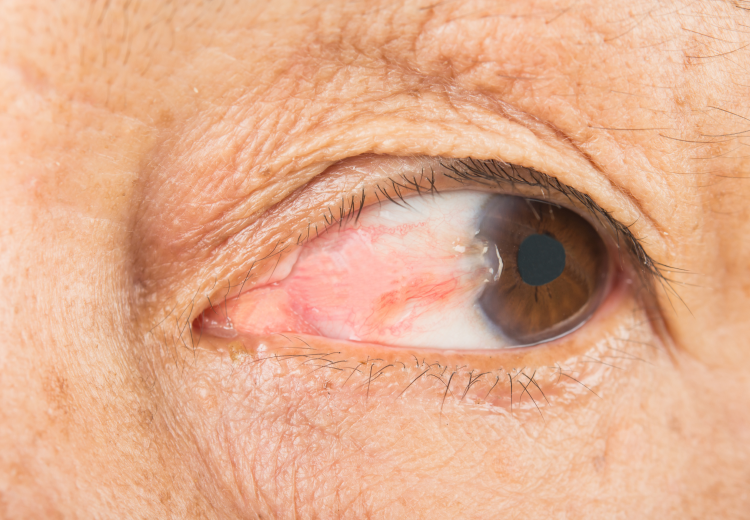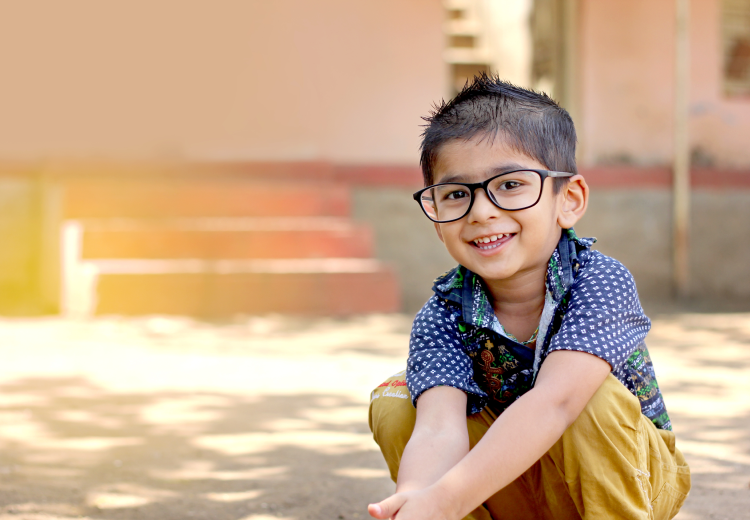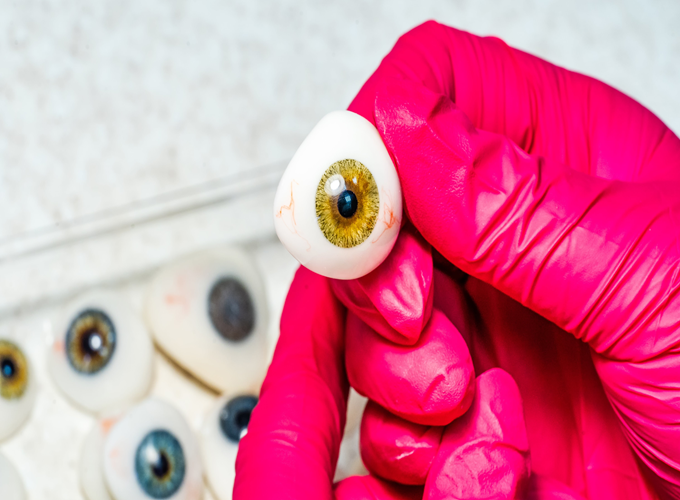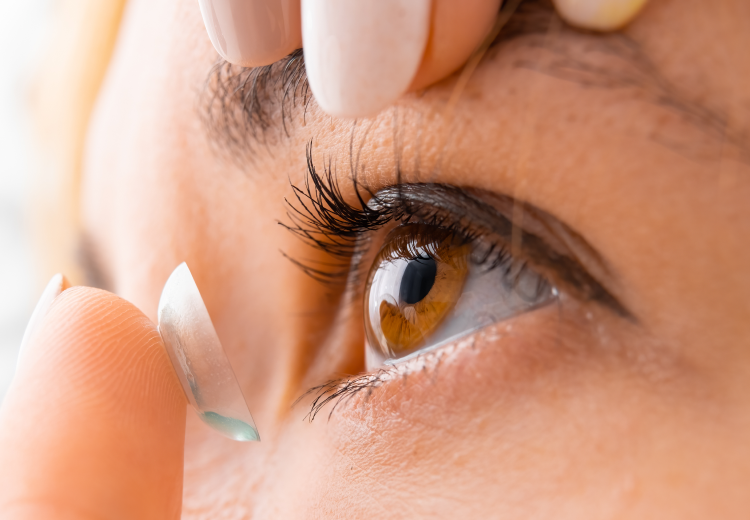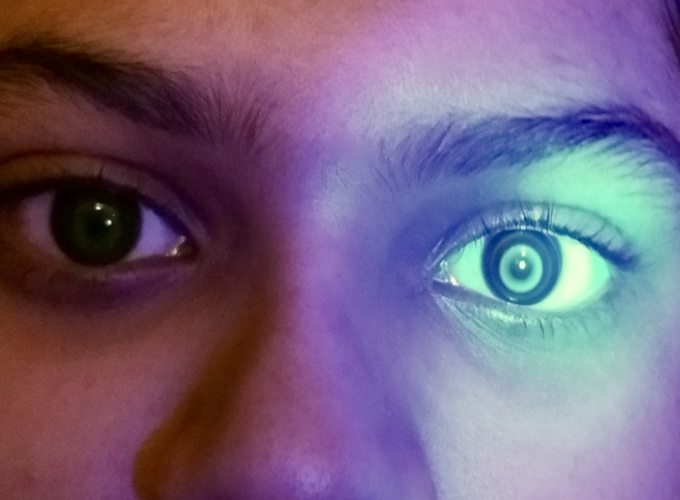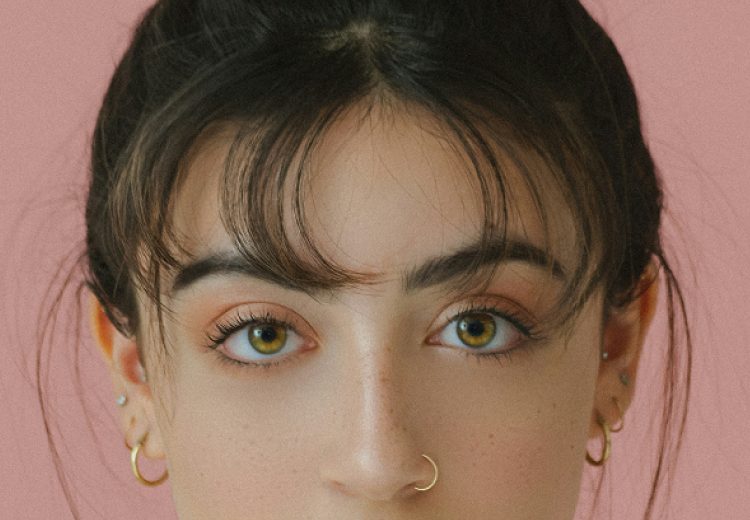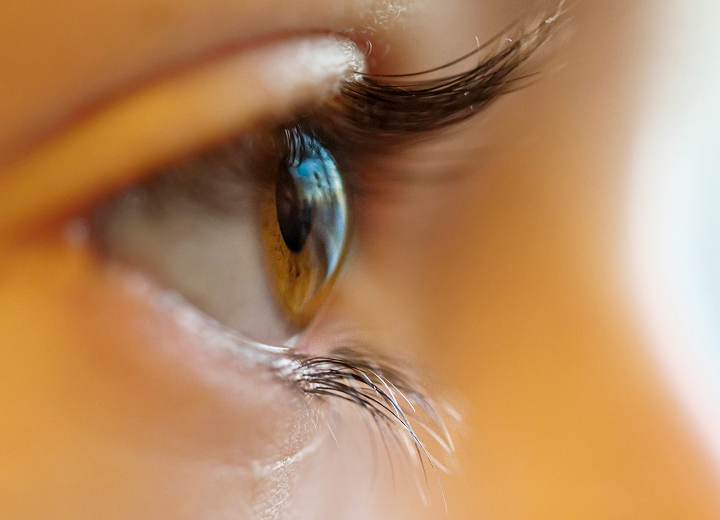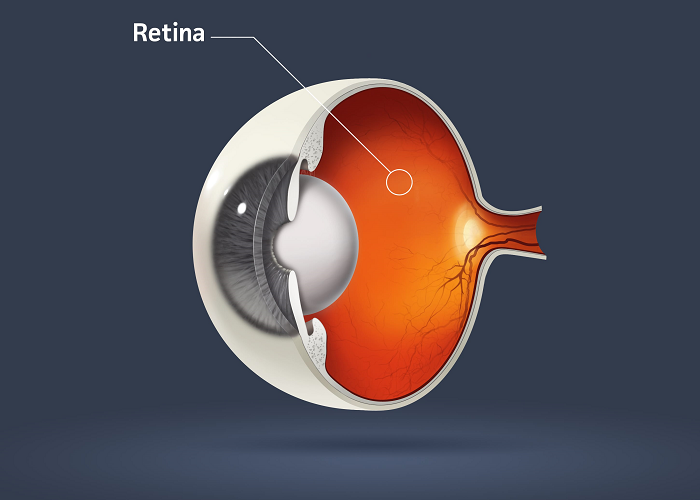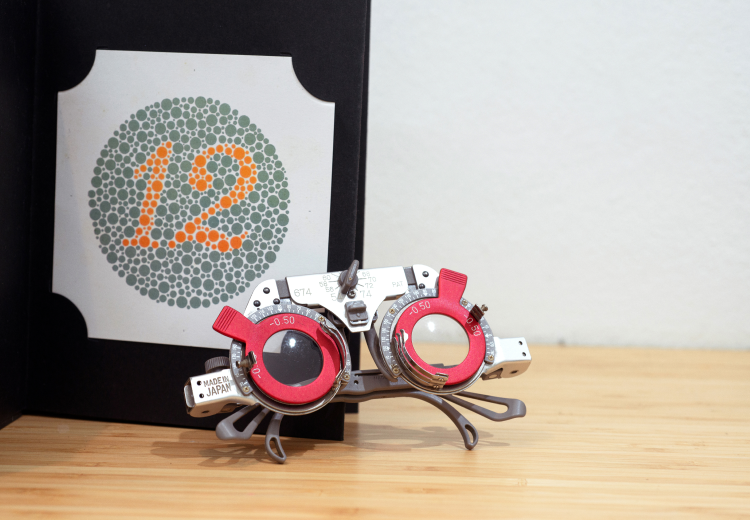Amblyopia
Shiney Sebastian
Optometrist and Educator. Ex Senior Faculty,
Lotus College of Optometry, Mumbai
What does amblyopia mean?
Amblyopia, commonly known as 'lazy eye', is a condition in which the brain fails to decode the information from the weaker eye and, with time, ends up favouring the better eye. In some cases, amblyopia can occur in both eyes.
Amblyopia generally begins during early childhood.
Symptoms I should look out for -
Remember, most children with amblyopia won't complain of vision problems. Over time, they become used to having a better vision in one eye and may not realise that there is a problem. Often the teacher or the parent is the first to suspect a vision problem.
The symptoms could be -
- A child is more likely to have a lazy eye if -
- Crossed or misaligned eyes,
- Repeated eye closure or squinting to see,
- Tilting the head to see better,
- Poor depth perception or 3D vision,
- Tripping or accident-prone.
Is my child at risk?
Amblyopia is the most common cause of vision loss in children, with nearly 3 out of 100 having it. Early treatment generally works well and prevents long-term vision problems.
- He was born prematurely.
- He was smaller than average at birth.
- He has a family history of amblyopia or other eye conditions.
- He has developmental disabilities.
Causes of Amblyopia–
If anything obstructs or blurs the vision in one or both eyes, the brain begins to ignore the images from that eye, leading to that eye becoming even weaker or amblyopic.
It is broadly divided into three causes –
Strabismic Amblyopia:Strabismus or crossed or misaligned eye is the most common cause. Here the brain tries to ignore the image from the misaligned eye, leading to amblyopia.
Refractive amblyopia:Sometimes unequal powers in the two eyes lead to amblyopia. For example, there might be more far-sightedness (hyperopia), near-sightedness (myopia), or astigmatism (a form of blurry vision) in one eye than the other. The brain identifies the clearer image and ignores the weaker eye leading to amblyopia.
Deprivation amblyopia:This is due to some anatomical or structural problem in the eye that does not allow the eye to send a clear image to the brain. E.g., cataract, droopy eyelids etc. Timely treatment of that particular cause helps the eye develop normal vision and prevents amblyopia.
Amblyopia also tends to run in families as genetics also plays a causal role.
Diagnosis-
Many times amblyopia can be missed out as parents and teachers blame the child for poor performance in school or playground, whereas the real culprit could be the 'lazy eye'. It can be diagnosed by a binocular vision examination done by your Optometrist or Ophthalmologist. Remember, all kids aged 3 to 5 need to have their eye examined at least once.
Though adult amblyopia can be treated, earlier the diagnosis and treatment would give a better visual outcome. Children who do not get treated could have lifelong visual problems.
Management-
For years it was thought that if the treatment were not started before eight years of age, it would not be effective. Many studies have shown that even older children and adults can benefit from new treatment strategies in vision therapy.
During the treatment, the brain is forced to notice the image from the weaker eye. This will help the brain and eye to work together in coordination again. This treatment has to be followed by establishing good teaming of the two eyes by giving a different set of eye exercises.
Treatment could be in the form of spectacles, vision therapy, eye patches (obsolete now), eye drops, surgery, or a combination of these.
Spectacles and contact lenses:They are prescribed to correct the 'power' of the eyes, be it hyperopia or myopia or astigmatism, which helps the eye send clearer images to the brain and thus improve the visual status and help the images from two eyes to fuse well. Contact lenses are especially prescribed if there is a significant difference in power between the two eyes.
Vision therapy:Vision therapy helps to improve the visual abilities of the eye like focussing, fixation, depth perception, eye tracking movements, and eye-hand coordination.
Binocular vision activities help to reduce the suppression and treat the primary binocular dysfunction associated with amblyopia. These are generally a series of planned fun activities done as a mix of weekly in-office and daily home tasks. These can be both the physical and the phenomenally successful computer-based ones.
Dichoptic training therapy has successfully reduced suppression even in adults with amblyopia. Vision therapy has found more acceptance among patients, especially children.
Eye patches:They are prescribed to be worn over the 'better' eye for a few hours each day during waking hours to force the 'weaker' eye to work better. Different types of eye patches are available.
The children are encouraged to get involved in various activities during patching.
Eye drops: Atropine eye drops are advised when the compliance with the eye patch usage is not too good. These drops are used in the better eye to blur the vision so that the child is forced to use the weaker eye to see. The brain is thus forced to accept the images from the weaker eye.
Patching therapy is slowly getting phased out as newer vision therapy treatments show better promise.
Surgery:If 'crossed eye' is the cause for amblyopia and other treatments are not working, eye muscle surgery might be an option. Similarly, surgery can help if the reason is a cataract or a droopy eyelid.
Remember:The earlier the diagnosis and treatment, the better will be the visual outcome.
Acknowledgements for the pictures:
1) Amblyopia | Vision Therapy (visiontherapysc.com)
2) What is a Lazy Eye - SightMD
3) Adult Vision Therapy Success Story | Wow Vision Therapy - YouTube
4) What is Amblyopia or Lazy Eye? | Lazy Eye Treatment in Pune (omeyeandheartcare.com)
5) Check Twitter URL :

